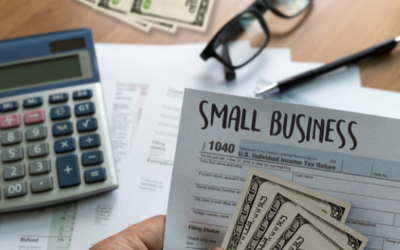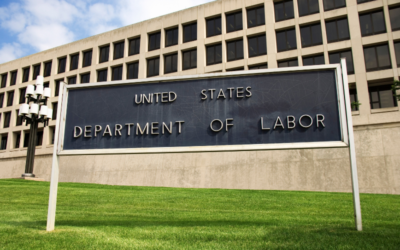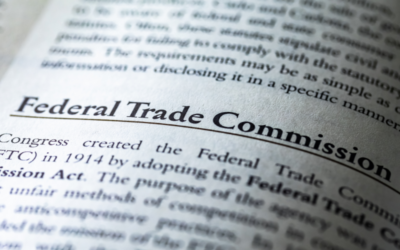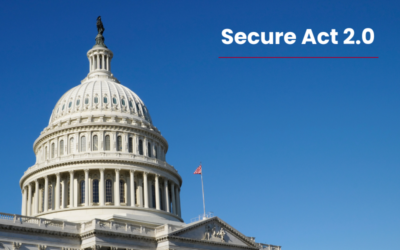The SECURE Act 2.0, building upon its 2019 predecessor, was enacted in December 2022 after several pandemic-related delays. This legislation introduces numerous measures aimed at making retirement savings more accessible and effective for employees, with some provisions already in effect and others rolling out through 2025. Here’s a breakdown of what employers need to know:
Tax Credits for Retirement Plans
A significant incentive introduced by the SECURE Act 2.0 is the enhancement of tax credits for small businesses initiating 401(k) plans. Eligible employers can receive a start-up tax credit of up to $5,000 annually for the first three years to cover costs such as recordkeeping and employee education about the plan. Additionally, businesses with fewer than 100 employees may qualify for a further $500 per year if they include automatic enrollment and escalation features in their plans, fostering higher participation rates.
Incentives for Participation
To bolster employee enrollment in retirement plans, the SECURE Act 2.0 allows employers to offer small, non-matching incentives, such as gift cards. This provision aims to motivate employees to start saving without requiring a financial match from the employer, broadening the accessibility of retirement benefits.
Student Loan Payment Matching
One of the more innovative aspects of SECURE Act 2.0 is the provision allowing employers to make 401(k) contributions equivalent to the student loan payments made by their employees. This means that even if an employee cannot directly contribute to their 401(k) due to financial constraints, they can still receive matching contributions from their employer as long as they are making student loan repayments. This approach recognizes responsible financial behavior and supports employees’ broader financial stability.
Automatic Enrollment
Starting in 2025, new 401(k) plans must adopt an Eligible Automatic Contribution Arrangement (EACA), setting employee deferrals between 3% and 10%. Plans will also need to feature automatic annual contribution escalations of 1% until reaching a maximum of 15%. A 90-day opt-out period will be available for employees who wish to withdraw their funds after being auto-enrolled, ensuring flexibility for those unsure about their investment.
Additional Provisions
Other important elements of the SECURE Act 2.0 include easier access to funds via self-certification of hardships, changes to required minimum distributions, and the option for employer contributions to be made into Roth accounts. Notably, the legislation allows for emergency savings accounts within 401(k) plans and introduces more lenient rules regarding the involuntary cash-out of small balances upon an employee’s departure.
The new law also sets the stage for future enhancements such as increased catch-up contribution limits and reduced service requirements for long-term/part-time employees.
Why Embrace SECURE Act 2.0?
Adopting the provisions of the SECURE Act 2.0 can significantly enhance an employer’s benefits package, making it a powerful tool for attracting and retaining talented employees. Despite a rebounding stock market, financial wellness has deteriorated, exacerbated by inflation and rising living costs. Employers that actively engage with their workforce on these new benefits can mitigate financial anxiety and reduce workplace disengagement trends like quiet quitting.
By leveraging these insights and implementing the SECURE Act 2.0’s provisions strategically, employers can better support their employees’ financial wellness and future security.





















